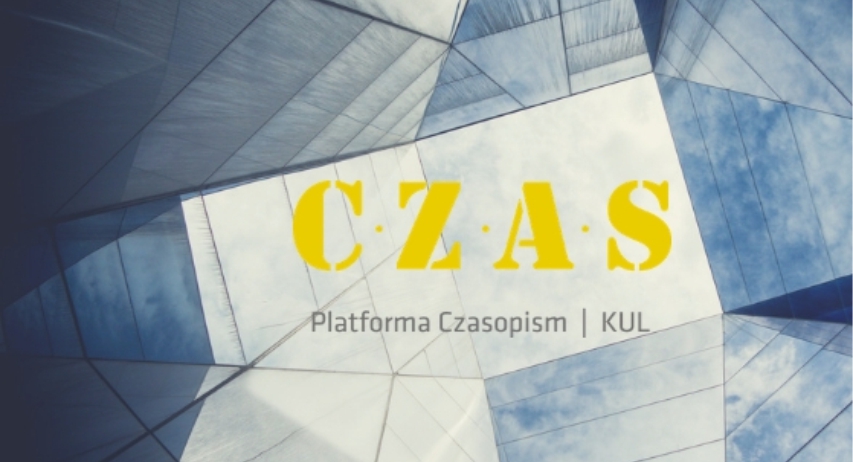„Uczyć się” Soboru. Diecezjalny Synod Krakowski modelem synodu soborowego
Tadeusz PIERONEK
Katedra Prawa Kanonicznego , PolskaAbstrakt
Karol Wojtyła, Archbishop Metropolitan of Cracow, was among active participants in the Second Vatican Council. Wojtyła was convinced that the Council was an act of the Holy Spirit, who is present in the Church, so, in the case of each Bishop, his participance in the Council was his personal duty towards the diocese entrusted to him. Wojtyła decided to summon a Pastoral Diocesan Synod in Cracow in order to bring the faithful closer to understanding the doctrinal and pastoral accomplishments of the Council, to deepen their faith and to strengthen their Christian conduct both in individual and social life. Archbishop Wojtyła had a strong conviction that this task might be performed even in a police state and in a society affected by the communist ideology, provided that lay people were allowed to participate in the Synod (until that time, according to the canon law regulations of 1917, the participation of laymen was prohibited). The Holy See granted the appropriate permission allowing archbishop Wojtyła to invite lay people to participate in the Synod throughout all its stages, in particular as members of the Synodal Teams working on the implementation of the Council’s doctrines. The teams in question worked through all the documents issued by the Council, prayed together, debated, and were involved in editing the final documents of the Synod. Owing to their work and engagement throughout the Synod, they played a crucial role in the renewal of the spiritual life in the Archdiocese of Cracow.
The final documents of the Synod (drafted by special Editorial Committees), covered the issues significant to the Archdiocese, and discussed them according to the tria munera rule recommended by the Council in reference to the participation of the people of God in the triple mission of Christ, namely, that of Prophet-Teacher, King and Shepherd-Priest. The inner structure of the documents was homogenous: in the case of each of them, the text was divided into three parts, the first one listing the theological evidence, the second one focused on a description of the current situation of the matter in question, and the third one presenting pastoral and legal conclusions. The sessions of the Synod, scheduled from 1972 to 1978, were to mark the 900th anniversary of the Episcopal activity and death of St. Stanislaus, bishop and martyr. However, they were stopped on 16 October 1978 due to the election of Karol Wojtyła to the Holy See. Officially, the Synod was closed by John Paul II on 8 July 1979 during the papal pilgrimage to Cracow. The Cracow Synod had its followers and undoubtedly became a model of the
post-Conciliar diocesan synod, as the most important elements of the Conciliar doctrine on synods, successfully implemented in the Archdiocese of Cracow, were included as universal laws in the Code of Canon Law of 1983.
Słowa kluczowe:
synod, Diocesan Synod of Cracow, the laity, the Second Vatican Council, Code of Canon LawKatedra Prawa Kanonicznego








